How to Grow Tall Snapdragons for Cut Flowers
When I say snapdragons, you might think of the eight-pack of bedding plants you can get at most nurseries. They are pretty but very different from the tall, beautiful stems I love to use in cut flower arrangements. If you want to grow long-stemmed cutting snapdragons, use these five tips.
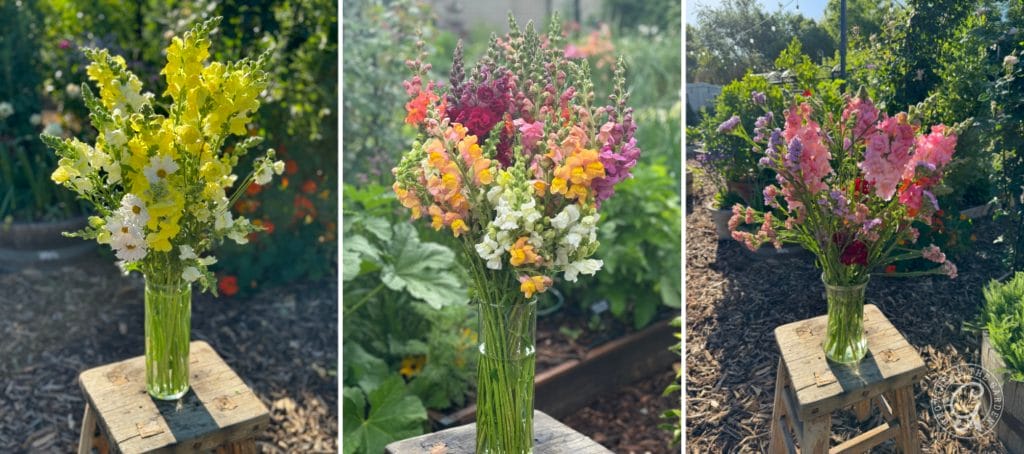
5 Tips for Growing Tall Snapdragons for Cut Flowers
1. Select Cut Flower Varieties & Start from Seed Indoors
Nursery varieties are often bred for compact size and treated with growth regulators to keep them small. If you want tall snapdragons for cut flowers, select cut flower varieties and start seeds indoors.
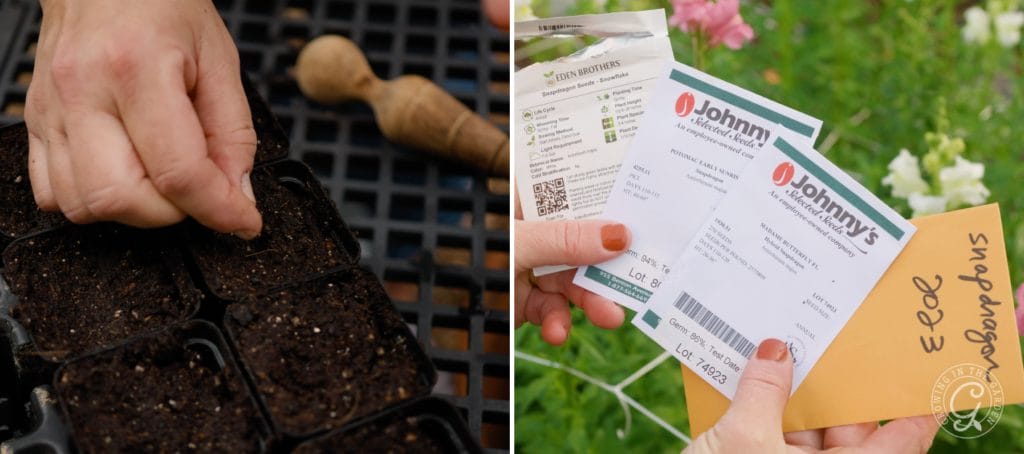
Most snapdragons bloom in response to day length and temperature. The numbers by the seed types tell you when they bloom, generally based on day length hours.
- Groups 1 & 2 bloom during the short, cool days of late winter and early spring.
- Group 3 blooms in late spring, summer, and fall.
- Group 4 blooms in the warm and long days of summer.
I like to plant a variety; this ensures I’ll have blooms at different times from fall to early summer. My favorites include:
- Chantilly (1,2) – Blooms in winter and early spring.
- Madame Butterfly – ruffle-edged double blooms – productive and long-blooming – no specific season and a good choice for the low desert.
- Rocket and Potomac (3,4) – blooms spring through fall.
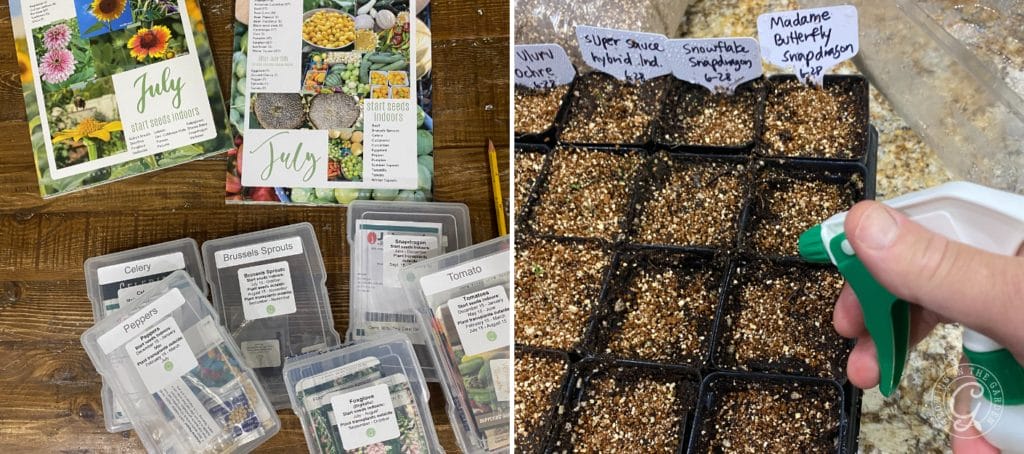
Snapdragon seeds are tiny but easy to grow. Carefully plant 1-2 seeds in each seed tray. Lightly cover with vermiculite; seeds need light to sprout. Seedlings emerge in just a few days. Thin to the strongest seedling. Plant transplants outside when they have at least three sets of leaves. Learn more about how to start seeds indoors in this article.
2. Plant Outside at the Right Time for Your Climate
Snapdragons are considered hardy annuals and are very cold-tolerant. They can survive temperatures down to 0°F (-17.7°C). Snaps prefer to grow and establish roots during cooler temperatures.
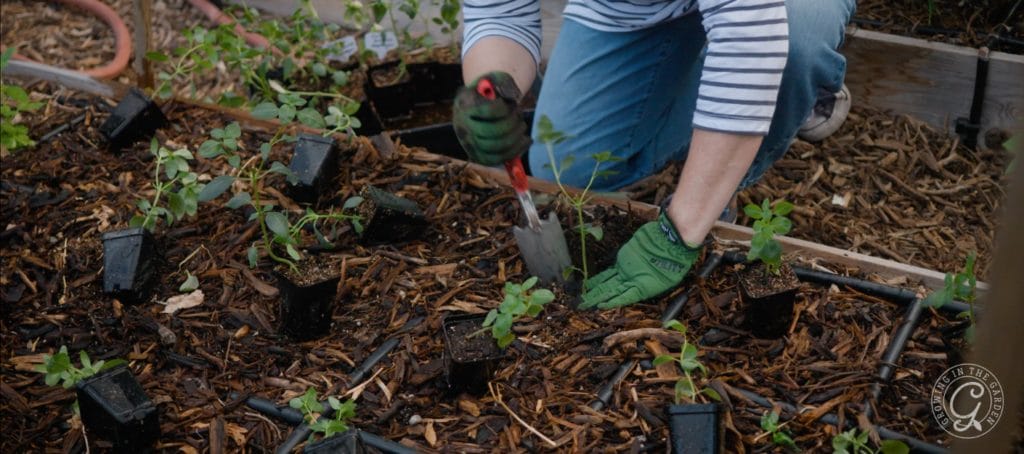
If you live in an area with temperatures below 0°F (-17.7°C) during the winter, plant in early spring–about a month before your last frost date. Start snapdragon seeds indoors about eight weeks before planting them outside.
In milder winter areas, snapdragons perform best when planted in the fall. In Arizona’s low desert, seeds start indoors from June – December and plant transplants from mid-September to February. The earlier you can plant in that window, the better. Snapdragons do not like hot summers and will die back as temperatures climb in the summer.
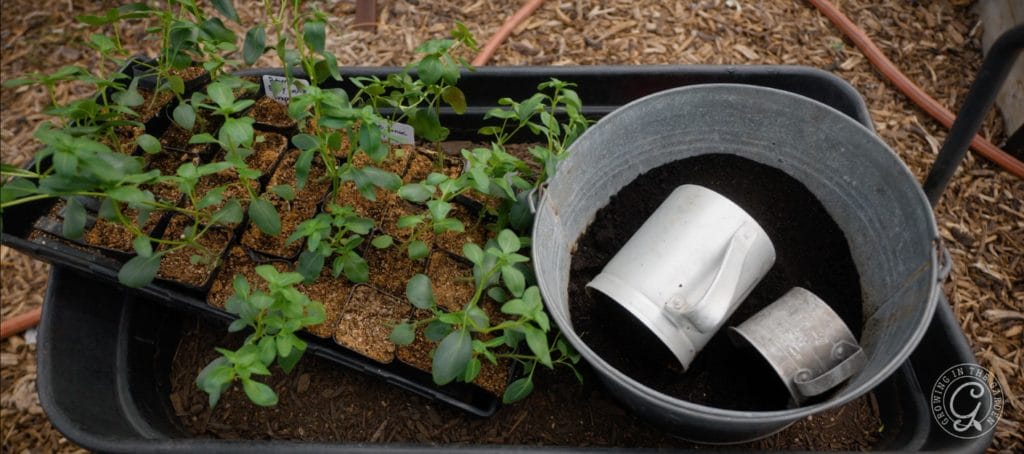
Choose a location with good sunlight and rich, well-draining soil. Prepare the soil by amending it heavily with compost and worm castings before planting. Amend with a fertilizer that encourages blooms like this one when plants begin flowering if needed.
3. Pinch Back Young Plants for More Blooms
You can grow snapdragons for one long, thick central stem. Plant 8-12 per square foot when growing for one stem.
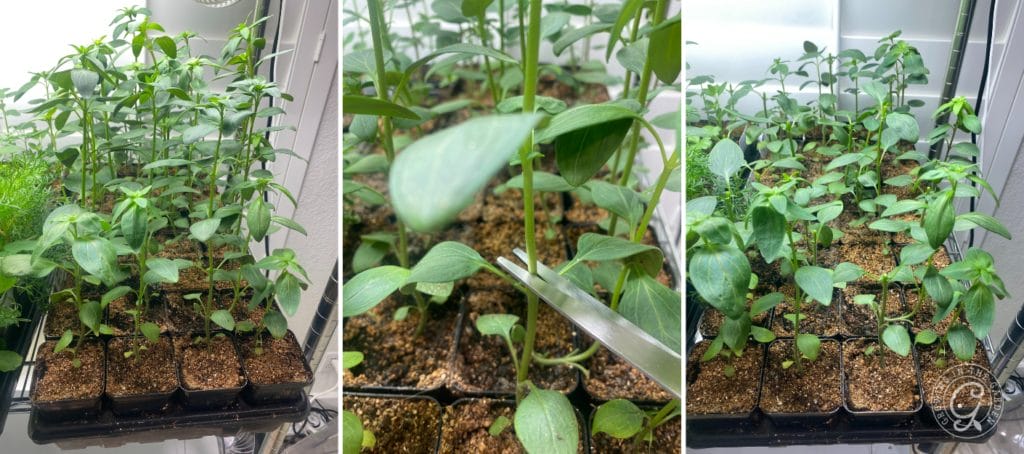
However, if you cut young snapdragon plants back, they will produce many more low-branching, long stems. To pinch back, snip off the growing tip of young plants when there are several sets of leaves, leaving just three sets of true leaves. Learn more about pinching back flowers in this article. Plant 1-4 branching plants per square foot.
4. Provide Support for Tall, Straight Stems
If you want tall, straight snapdragon stems, supporting them as they grow is essential. Snapdragons are phototropic and will bend towards the light. They also demonstrate geotropism, meaning they will bend and grow against gravity if they tip over. Once the stems bend, you cannot straighten them.
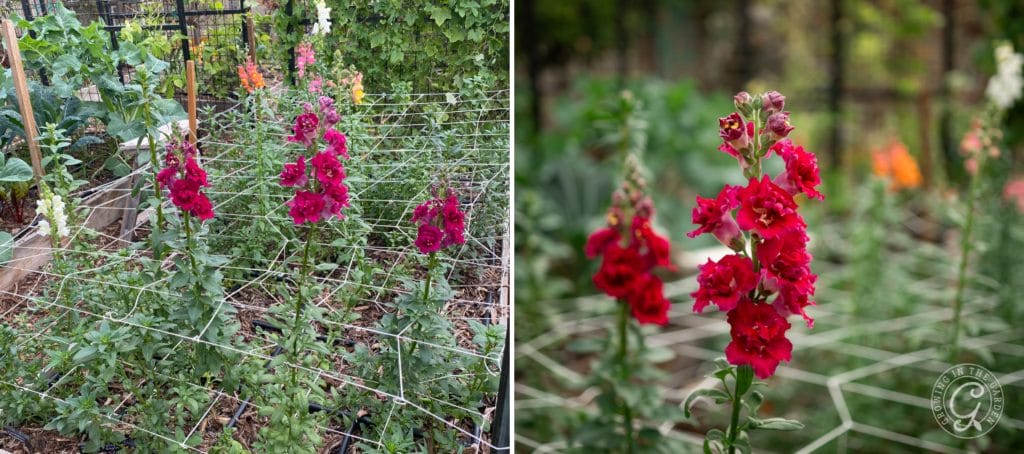
The easiest way to support the tall stems is with flower netting. I use two layers to keep plants growing upright. Place supports around your bed and pull the netting over them. Plants will grow up through the netting. This is the netting I use. Get more details about how to use and install trellis netting for cut flowers in this guide.
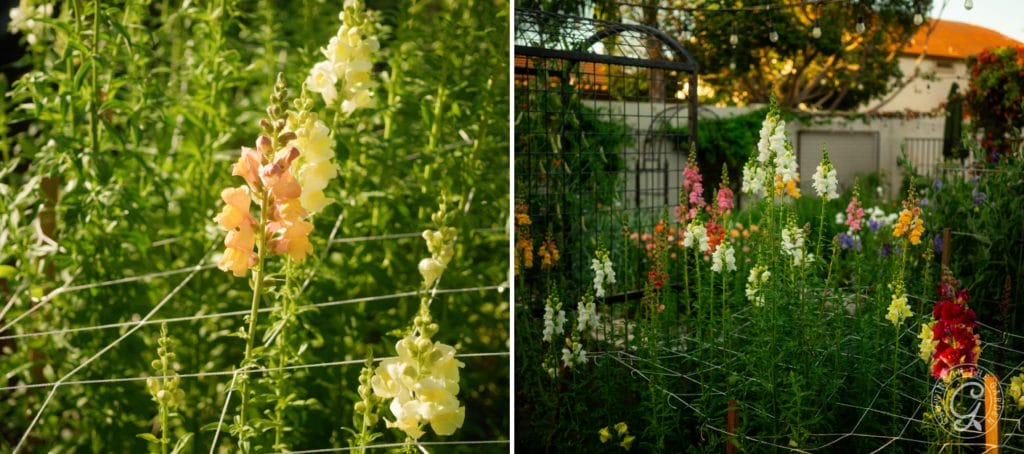
5. Harvest Snapdragons Often for More Blooms
Snapdragons are a true cut-and-come-again flower. The more you pick them, the more they will flower. Keep blooms harvested, and they will produce more blooms! Learn more about cut-and-come-again harvesting in this guide.
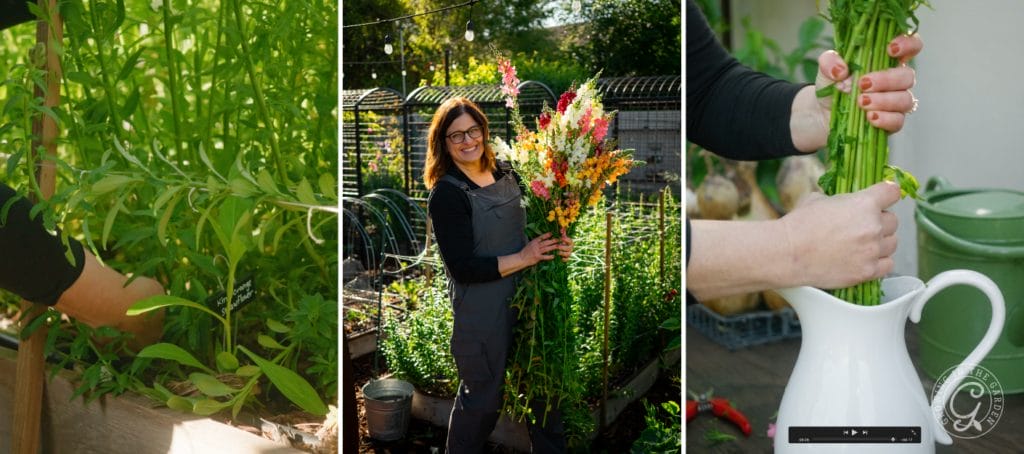
For the longest vase life, harvest snapdragons for cut flowers when the first bottom flower opens. This might seem early, but flowers will continue to open in the vase. Once the flowers open and the bees pollinate them, they begin forming seeds and the blossom falls off.
It’s often hard to catch them this early, and I harvest when many more blossoms are open. Luckily, even if the lower blossoms fall off, the flowers keep opening up the stem and still have quite a long vase life.
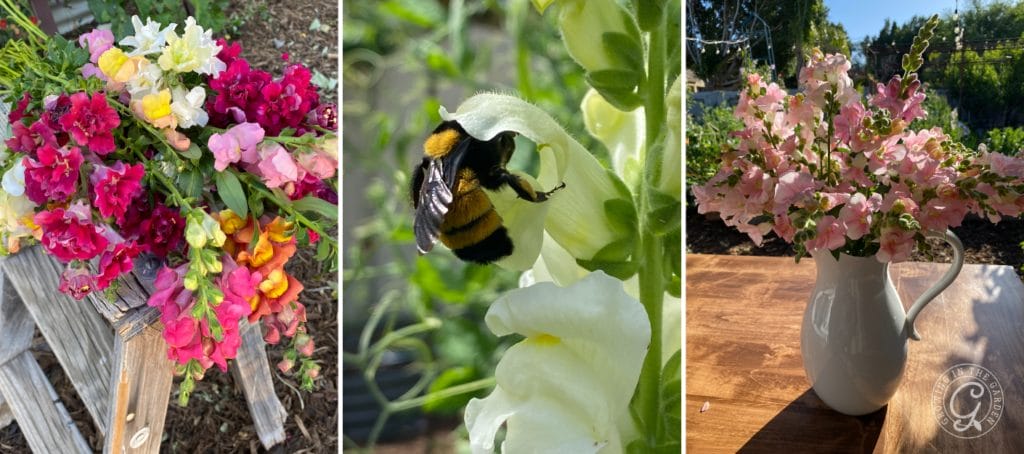
When it’s time to harvest, make the first cut of the central stem almost at ground level. Make the subsequent cuts at the base of the stem. Cutting lower promotes long stems that originate below the initial cut. If you cut higher up on the stem, the next round of flowers will have shorter, thin stems.
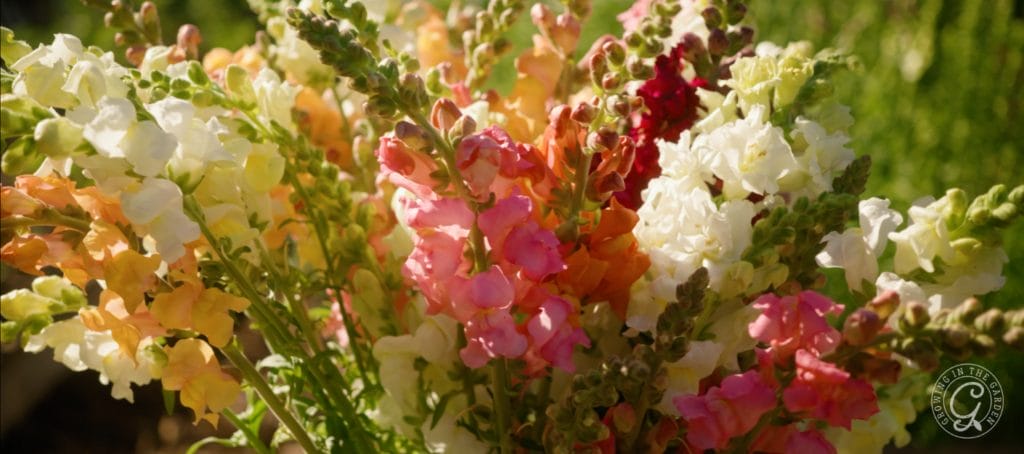
After harvesting, remove most of the leaves and place them in clean water. Adding flower food to the vase will help the flowers continue to open. Snapdragons often last a week or more in the vase. Learn more about arranging cut flowers in this article.
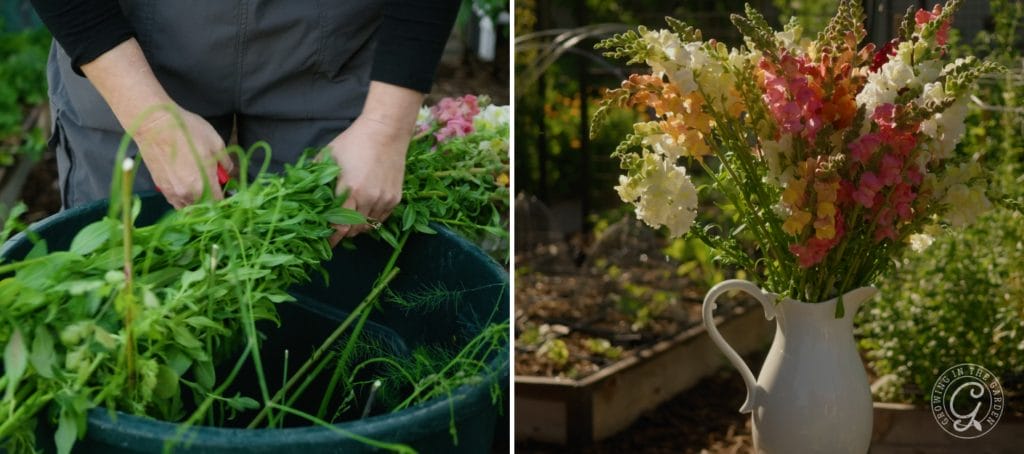
Blooms left on the plant will develop into seeds. Snapdragons reseed easily. Save seeds to plant again the following season if desired. Learn more about how to save seeds in this article.
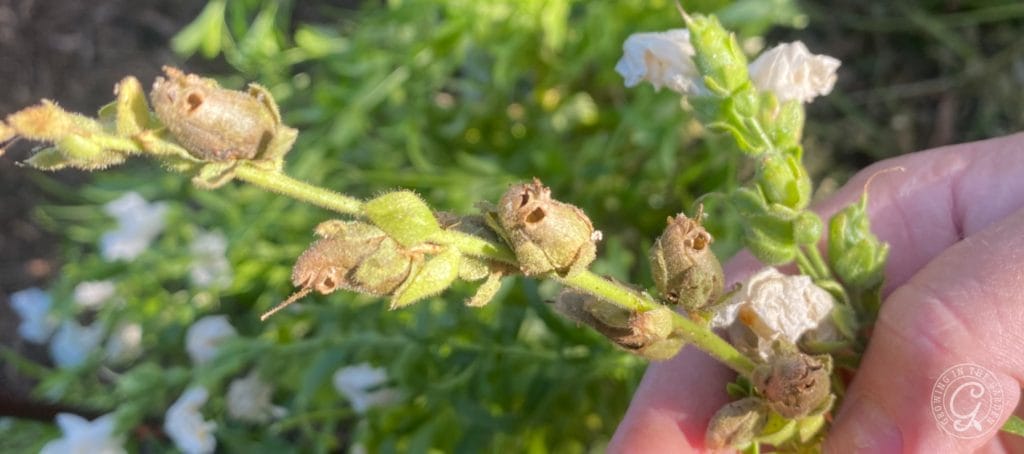
Depending on your climate, the blooms will continue until it gets too hot (in hot summer climates) or through the summer, depending on the types and varieties you selected. Enjoy the beautiful blooms!
If this post about how to grow tall snapdragons was helpful, please share it.
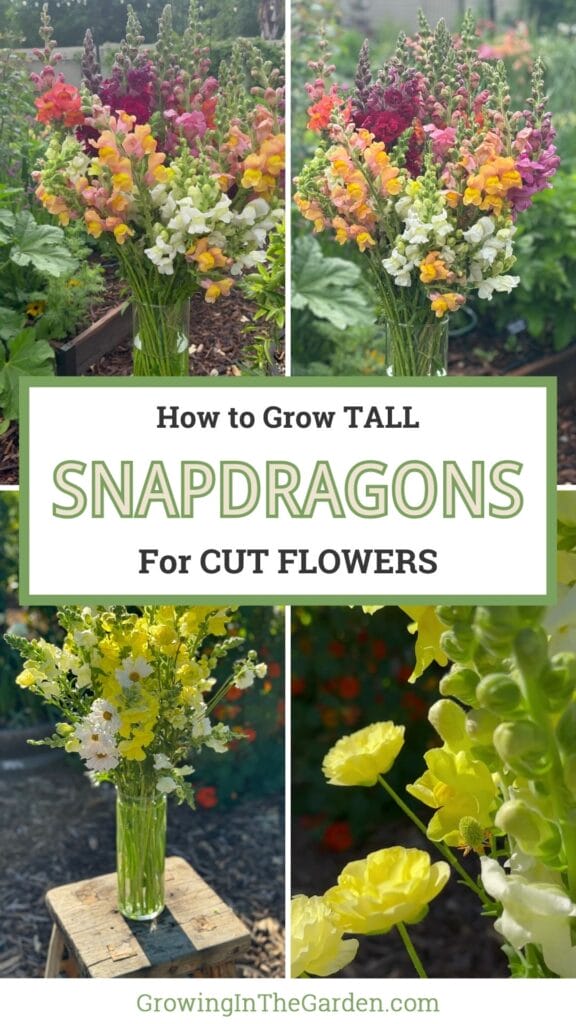
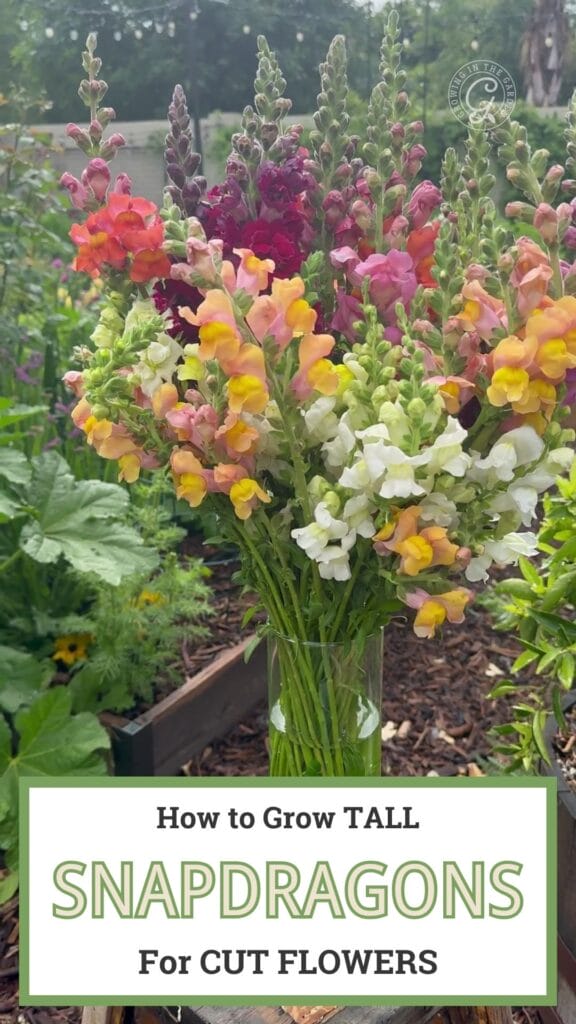
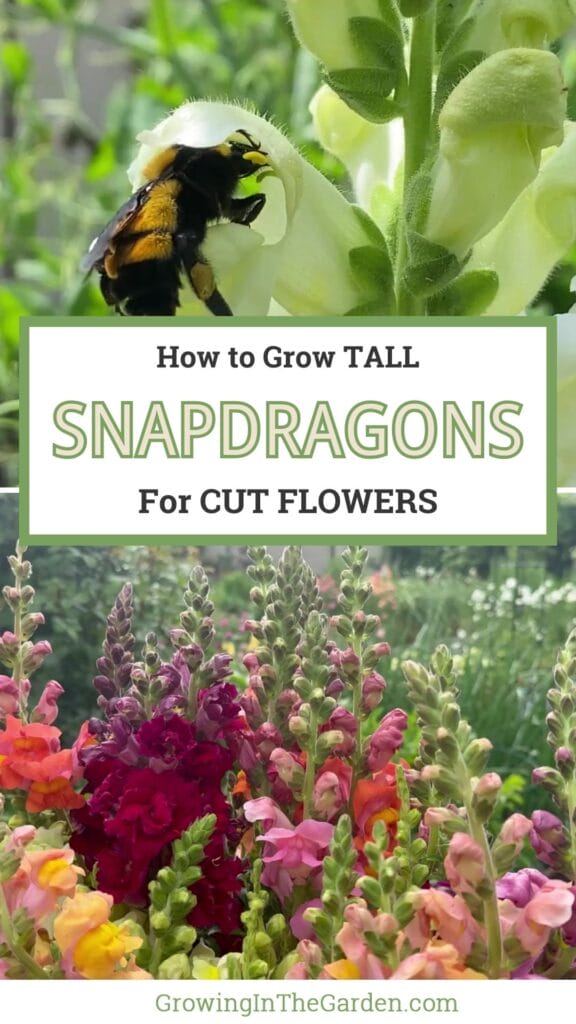

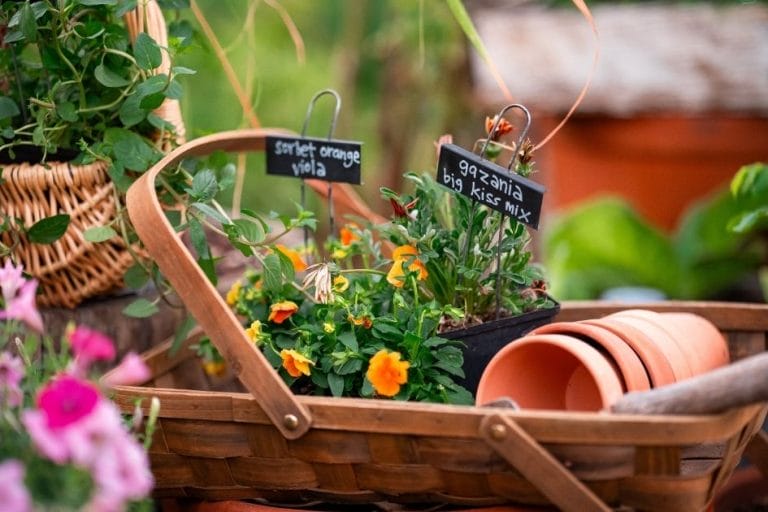



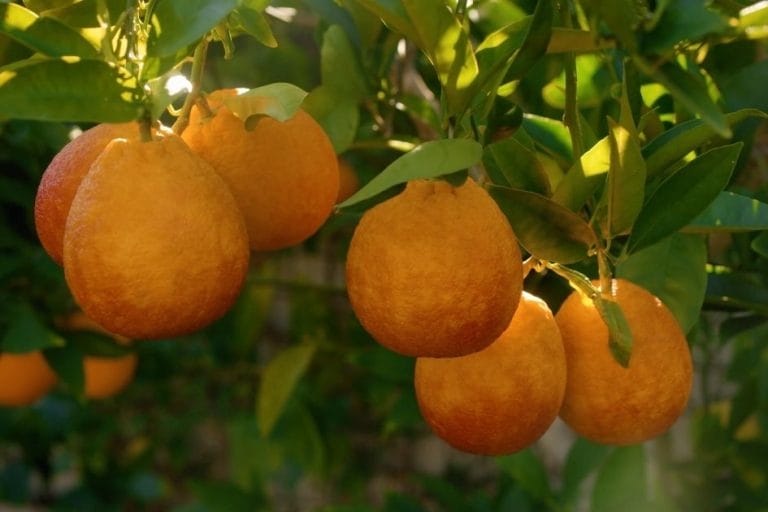
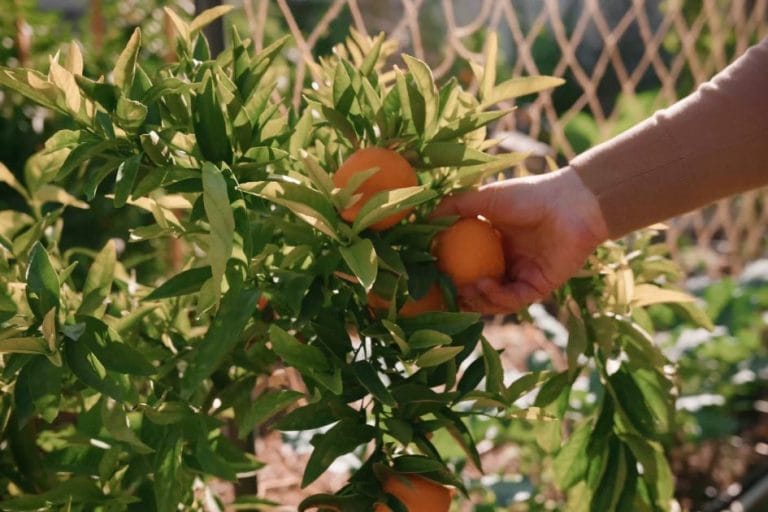

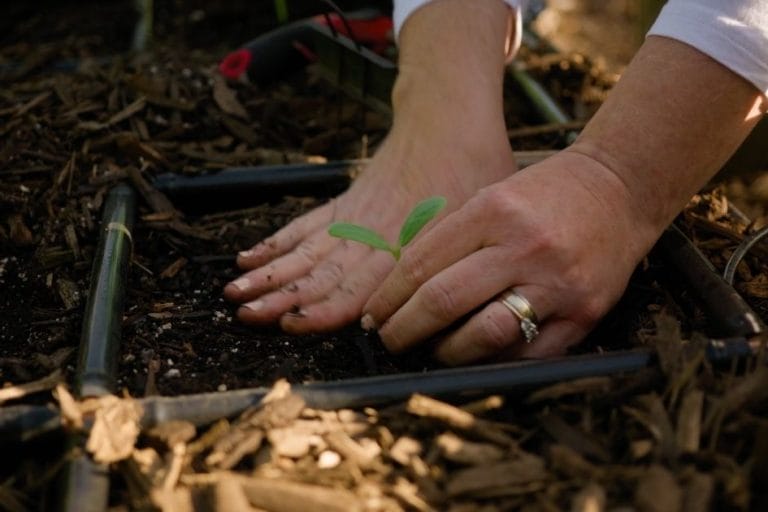
Leave a comment on How to Grow Tall Snapdragons for Cut Flowers